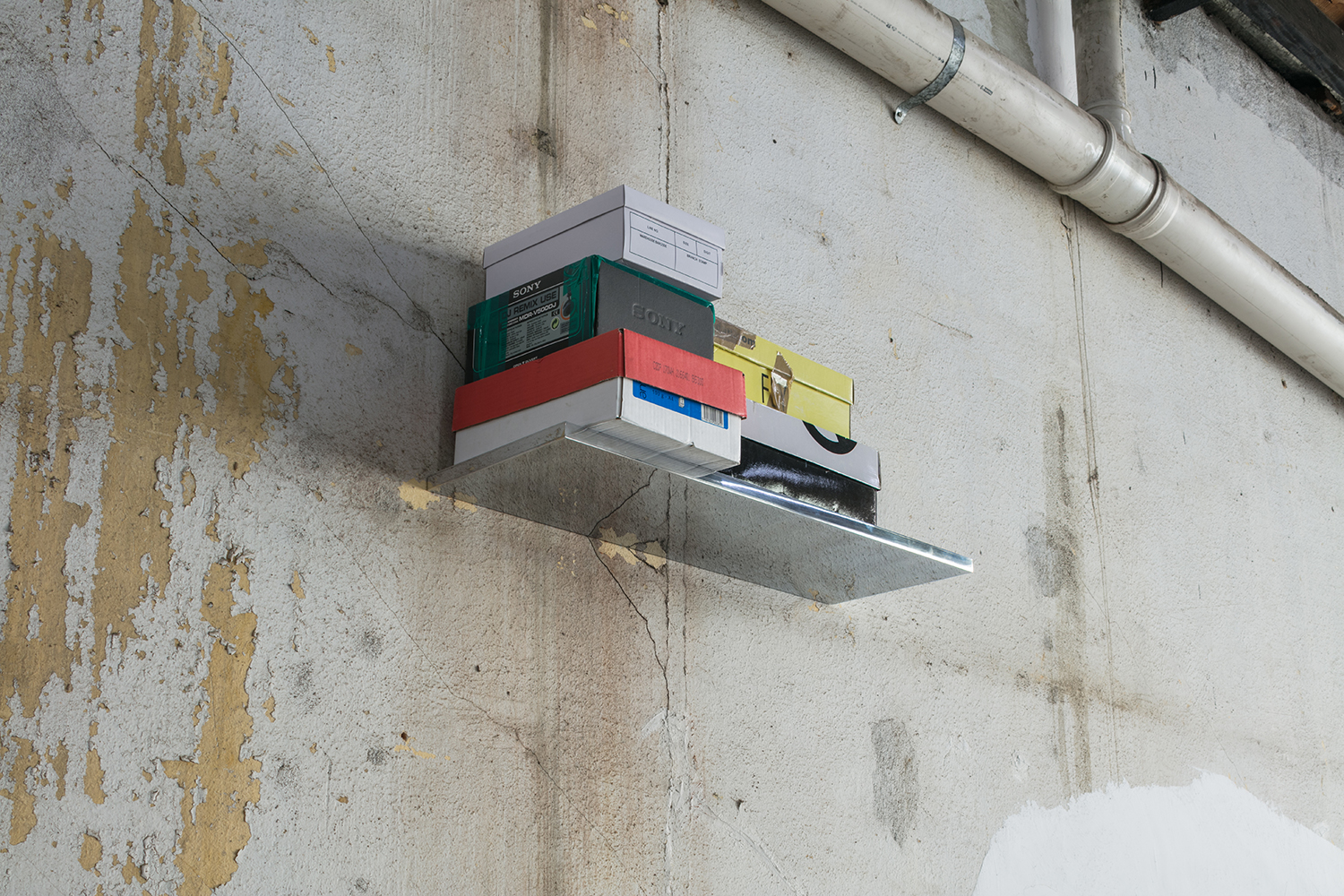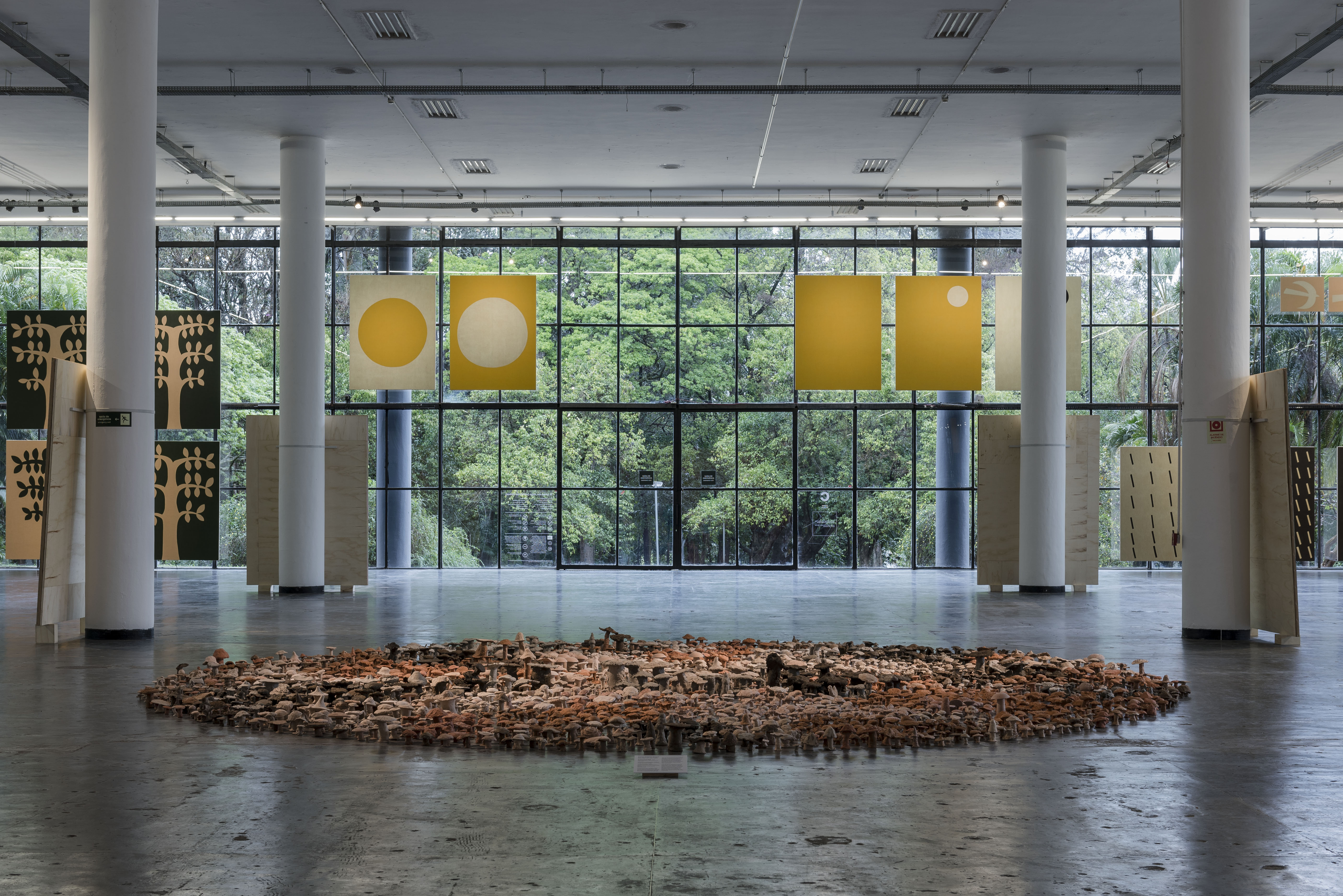Torrential rain welcomed participants to the second World Biennial Forum. Inside the Ciccillo Matarazzo Pavilion, where all São Paulo Biennials have been held since 1957, there was wine, fresh cashew juice and a sprinkle of worldly hellos between globe-trotting art devotees, before everyone headed to the opening lecture by Peter Osborne at Auditorio Ibirapuera. Exiting the cocktail party there was a cafeteria racket of young people banging on tables, members of the education department upset over being denied entrance to the cocktail party. Their sense of bewilderment echoed my own at the glaring absence of members of the local art community, not only on opening night but also throughout the Forum. Osborne’s enlightened talk began after a considerable delay, as the audience waited for a VIP to arrive and present welcoming remarks. Osborne spoke about the post-1989 proliferation of biennials as inextricably linked to the flow of globalizing transnational capital and the emergence of the new world order dubiously labeled as a North-South divide. By mentioning who funds the Biennial Foundation (Germany, the Netherlands and Greece), questioning the cultural function of European states and their adoption of English as the official language, as well as invoking Adorno and Hegel, Osborne was a debatable choice to open a forum whose focus was the “Global South.” He nonetheless addressed an important element afflicting biennials, which is that as they compete for the same contemporaneity, currently at a rate of more than two every three weeks, they are “no longer a feasible object of possible experience.”
Thursday’s workshops focused on “Once Again, as If for the First Time” or on “Works and Their Changing Places.” The plurality of participants was proof that biennials are the first cultural institution of the global paradigm. Representatives of first-time biennials like Asunción and Kuala Lumpur, to be held in 2015 and 2016 respectively, shared their excitement and anxieties. Also present were organizers of young biennials such as Denver’s problematically named “Biennial of the Americas”; the Folkestone Triennial; and a local platform that sprouted in response, Folkestone Fringe. Among those biennials with a longer history were Dak’Art, which functions as a platform for contemporary artists from Africa and the African diaspora, and the enduring São Paulo Biennial, now in its 31st edition. The camaraderie felt was the outcome of having a small group of eleven willing to share stories about the singularity of their context. Notable among the day’s presentations was Lucy Steed’s analysis of three iterations of Juraci Dórea’s work Projeto Terra in successive biennials — São Paulo (1987), Venice (1988) and Havana (1989) — which elucidated how the work’s presentation was adapted to fit differing contexts.
Friday’s workshop “No More Imagined Communities” focused on context and geopolitical issues related to new biennials, while “Popularity without Populism” looked at the links between education and the agency of the public. The latter raised interesting questions about the invisibility of the public, the lack of structures to receive and incorporate their feedback into future exhibitions, how to employ marketing and social media to connect with the public and what kind of innovative relationships can be created to form memory and intimacy to develop a recurring public. The common misconception that if there is no engagement it’s the people’s fault — not the art system’s fault — was also addressed, acknowledging that the responsibility has to be shared.
Friday afternoon brought raised tensions when Ana Paula Cohen, a moderator, chose to speak in Portuguese even though she is fluent in English — what could be seen as a form of resistance to hegemonic world culture. Cohen offered a critique of the Biennial Foundation as a centralizing and homogenizing platform disconnected from the specificities of any biennial, spoke about the importance of the Arquivo Histórico Wanda Svevo and urged the audience to break free from the colonized logic we are still rooted in. Later, the energy, relevance and intelligence that infused talks by Reem Fadda and Elvira Dyangani Ose, especially when addressing their involvement with “Liminal Spaces” in Palestine and “Rencontres Picha/Lubumbashi Biennial” in Congo, respectively, was striking. Despite working in radically different contexts they shared a strong sense of commitment to the community, a desire to address political conditions, to engage in artistic experimentation made with and for the local audience and a preference toward more intimate forms of exchange, like seminars and gatherings.
The day came to a moving end with Ivo Mesquita being honored for his curatorial daring, displayed in 2008 when he framed a critical reflection on the São Paulo Biennial as an institution. Also born in 1951, he drew parallels between his lifespan and that of the biennial, asked the audience to be self-reflective about their practice and thanked the current team for organizing a biennial that brought forth an unfamiliar vision that will likely become a keystone in the history of São Paulo Biennials.
Mesquita’s speech was the perfect segue for a Saturday morning spent listening to biennial curators Galit Eilat, Nuria Enguita Mayo, Benjamin Seroussi, Charles Esche and Pablo Lafuente speak about their desires and experiences firsthand. Influenced by Brazil’s million-person demonstrations of 2013, the team embraced the moment of transformation from a passive to an activist society. This led to a biennial that addresses pressing social and political issues through a program in space and a program in time of open meetings, seminars and saraus, which sought to bring together communities that are invisible to one another. Hence, the meaningful dialogue that took place at the Forum was yet another materialization of this São Paulo Biennial: eclectic, timely, confrontational and engaged.




